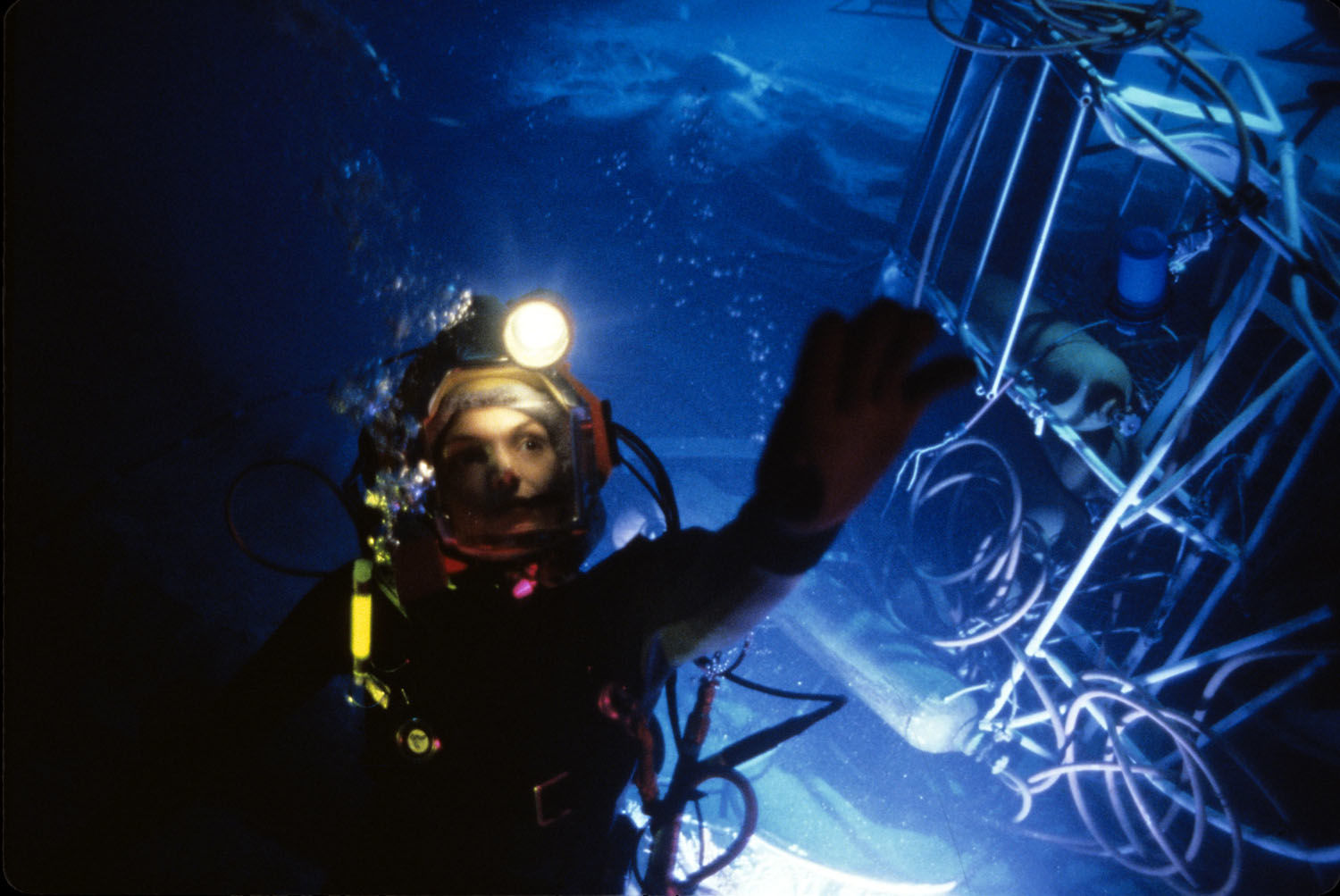Create a free profile to get unlimited access to exclusive videos, sweepstakes, and more!
James Cameron: Titan’s Hull Design a “Horrible Idea” With “Fundamental Flaw”
The Titanic director-turned-explorer points out potential failings in the wake of the Titan tragedy.

Titanic director and accomplished deep sea submersible diver James Cameron has been vocally critical of the key decisions surrounding the recent Titan submersible tragedy that claimed the lives of the vessel’s five-member crew.
In the wake of the Titan’s apparent undersea implosion on June 18, Cameron has shared with numerous media outlets that he long had questioned the effectiveness of the ill-fated vessel’s carbon composite hull design, as well as the decision to take passengers on board for deep-sea excursions to the undersea site of the wrecked Titanic.
RELATED: Shaken By Titan Disaster, James Cameron Reflects on His Own Undersea Expeditions
“I thought it was a horrible idea,” Cameron told Reuters, putting into context his own extensive experience diving to the Titanic’s resting place 12,500 feet beneath the surface of the north Atlantic Ocean. “I wish I'd spoken up, but I assumed somebody was smarter than me, you know, because I never experimented with that technology, but it just sounded bad on its face."
Cameron has himself explored the deep ocean for decades, funding and piloting his own submersible the Deepsea Challenger to depths roughly three times greater than that of the Titanic. His first dive to the 35,756 bottom of the Pacific Ocean’s Mariana Trench is chronicled in James Cameron’s Deepsea Challenge, a 2014 documentary Cameron executive produced that’s currently streaming on Peacock.
Explaining that his own team (as well as other members of the world’s small, tight-knit submersible community) had assessed carbon composite to be a poor choice of material for a hull designed to protect against external pressure, Cameron told CNN the material signaled a “fundamental flaw” of deep sea submersible design — an engineering endeavor that’s still in its experimental stages.
“I think that, if you’re building a hull where you have to have sensors to tell you that it’s failing [as it’s] in the process of failing, you have no business designing subs,” he said. “…They touted it as a good thing, I believe, as a safety protocol. But I consider it a bad thing, because it sheds light on the fundamental flaw of their design.”
Though it’s only designed to accommodate one person, the pilot sphere capsule of Cameron’s Deepsea Challenger vessel is a solid fabrication of steel 2.5 inches thick, rather than the carbon composite material used in the Titan. And unlike the cylindrical shape of the OceanGate-owned Titan, the spherical shape of Cameron’s craft was developed specifically to “withstand the crushing pressure of the deep,” as the vessel’s National Geographic web page explains.
“If they had made the chamber a cylinder, by comparison,” the site states, “the hull would have needed to have been three times as thick to stand up to the pressure.”
Carbon composite, by contrast, is “completely inappropriate for a vessel that sees external pressure,” Cameron told CNN. “…[F]or something that’s seeing external pressure, all of the advantages of composite material go away and all the disadvantages come into play,” he said, adding elsewhere that the unconventional design choice was a potential shortcoming “known to the engineering community.”
Cameron’s fascination with deep sea exploration dates all the way to his childhood, and would come to provide the thematic backdrop for his 1989 sci-fi movie hit The Abyss as well as 1997’s Titanic, which won 11 Academy Awards.
Stream James Cameron’s Deepsea Challenge on Peacock here for an up-close look into the arduous process of designing and testing the submersible that’s carried Cameron on solo dives to some of the planet’s deepest and most inhospitable ocean depths.


























